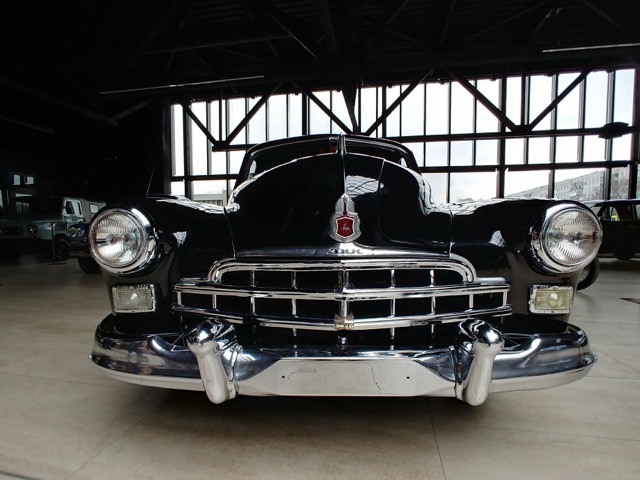In an increasingly digital world, the automotive industry is not immune to criminal activities. One particularly alarming trend is VIN (Vehicle Identification Number) cloning scams. These scams not only affect unsuspecting car buyers but also pose significant risks to the integrity of vehicle registration systems. As VIN cloning becomes more sophisticated, understanding the intricacies of this fraud is crucial for vehicle owners and potential buyers alike. This article will explore what VIN cloning scams are, how they operate, how to identify them, and the best practices for protecting yourself.
Understanding VIN Cloning Scams: A Brief Overview
VIN cloning scams involve the illegal replication of a vehicle’s unique VIN, allowing criminals to disguise stolen cars as legitimate vehicles. Each vehicle has a unique VIN, which is used to track ownership, insurance, and history. When a car is stolen, criminals can use sophisticated methods to alter the VIN or create a counterfeit VIN plate that matches a legitimate vehicle. This effectively cloaks the stolen vehicle’s true identity, making it easier to sell to unsuspecting buyers.
These scams can have severe implications for victims. Innocent buyers may unknowingly purchase a stolen vehicle, leading to legal disputes, financial loss, and potential criminal charges. Additionally, the original owners of the stolen vehicles face challenges in recovering their property and may deal with extensive bureaucracy when trying to clear their name. As a result, VIN cloning not only affects individual victims but also undermines trust in the automotive market as a whole.
The rise of online car sales has exacerbated the problem. Buyers often rely on digital platforms for transactions, which can provide criminals with the anonymity needed to perpetrate these scams. As such, education about VIN cloning becomes a critical defense mechanism for both buyers and sellers in the automotive marketplace.
How VIN Cloning Works: Methods Used by Criminals
Criminals engage in various tactics to clone a VIN successfully. One common method involves stealing the VIN plate from a legitimate vehicle and attaching it to a stolen car. This approach can be quite effective, as the stolen car may have similar characteristics to the original vehicle, making it difficult for potential buyers to detect the fraud. In some cases, criminals may also use advanced technical skills to produce counterfeit VIN plates that resemble the originals.
Another method involves manipulating public records. Criminals may find a similar vehicle that has been salvaged or declared a total loss and then create a new identity for the stolen vehicle using that VIN. By altering the vehicle’s history, they can sell it with a clean title, deceiving buyers into believing they are purchasing a legitimate vehicle. This method can be particularly difficult for buyers to detect without thorough due diligence.
Moreover, cybercriminals may employ digital techniques, such as hacking into vehicle registration databases to alter existing VIN records. These sophisticated methods can create an illusion of authenticity for the cloned vehicle, making it even more challenging for law enforcement and buyers to identify fraudulent activity during transactions.
Signs of VIN Cloning: Identifying a Potential Scam
Several red flags can indicate that a vehicle may be a victim of VIN cloning. First, if the VIN on the vehicle does not match the VIN listed on official documents, such as the title or registration, this inconsistency should raise immediate concerns. Buyers should always verify the VIN by physically inspecting the vehicle and cross-referencing it with documentation.
Another sign is any discrepancy in the vehicle’s history report. If a vehicle’s history shows that it has been involved in multiple accidents, has a salvage title, or has an unusually high number of previous owners, these could be indications of potential VIN cloning. Buyers can utilize resources like Carfax or AutoCheck to obtain comprehensive vehicle history reports that can help identify these red flags.
Lastly, suspicious seller behavior can also be an indicator of VIN cloning. If a seller is unwilling to provide documentation, hesitates to meet in person, or offers a deal that seems too good to be true, these could be potential warning signs. Buyers should trust their instincts and conduct thorough research before proceeding with any vehicle purchase.
Preventing VIN Cloning: Best Practices for Vehicle Owners
To protect against VIN cloning, vehicle owners should regularly inspect their VIN plates and associated paperwork. Ensuring that the VIN on the vehicle matches all official documents is the first line of defense. Additionally, owners should be vigilant in monitoring their vehicles for any signs of tampering, such as altered VIN plates or inconsistent markings.
Another proactive measure is to utilize secure and reputable channels for buying or selling vehicles. Engaging in transactions through established dealerships or recognized online platforms can help reduce the likelihood of encountering VIN cloning scams. Furthermore, obtaining a comprehensive vehicle history report prior to purchasing a car is a prudent step; this report can provide insights into the vehicle’s past and may highlight any discrepancies related to the VIN.
Finally, vehicle owners should educate themselves about the risks associated with VIN cloning and share that knowledge within their communities. By raising awareness and encouraging others to take precautions, we can collectively strengthen our defenses against this form of automotive fraud.
VIN cloning scams present a real threat to vehicle owners and buyers alike, undermining trust and causing significant financial and legal repercussions. By understanding how these scams operate, recognizing the signs of potential fraud, and implementing best practices for prevention, individuals can better protect themselves against losing their hard-earned money or facing legal issues. Vigilance and education are key in combating this growing trend in the automotive industry, ensuring a safer experience for everyone involved.










